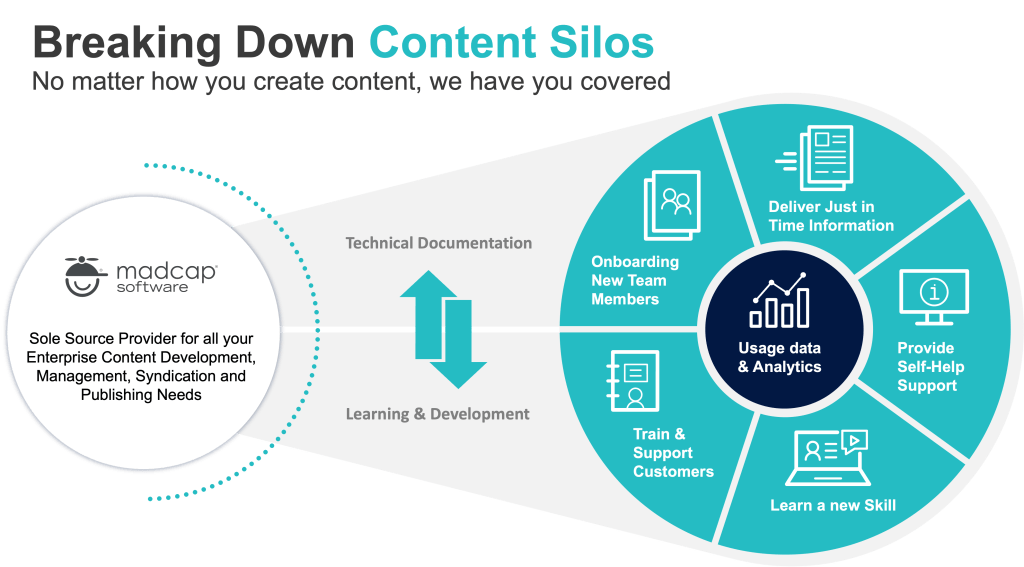As the focus shifts to more nuanced and sophisticated ways of measuring learning outcomes, L&D professionals must be equipped not only with traditional training skills but also with the ability to understand and leverage data effectively.
Building Data Competency: Empowering L&D Teams for the Future
Building data competency involves cultivating a set of skills that enable L&D teams to collect, analyze, and interpret data meaningfully. This skill set includes basic data literacy – understanding data sources, methodologies, and tools – as well as more advanced competencies like data visualization and analytics interpretation. The goal is to develop an L&D workforce that is as comfortable with numbers and charts as they are with instructional design and content development.
A key step in building this competency is providing access to training and resources in data analytics. This could mean workshops, online courses, or even partnering with internal data teams for cross-functional learning. Encouraging L&D professionals to engage with data in their everyday tasks helps them to understand its relevance and applicability to their roles.
Another crucial aspect is creating a culture where data is a part of the everyday conversation. Regular discussions about data findings, challenges, and successes should be encouraged. By integrating data into the L&D team’s workflow, it becomes a natural and integral part of their decision-making process.
It’s also about shifting the mindset from viewing data as a daunting, complex field to seeing it as an enabler of more targeted and impactful L&D strategies. When L&D teams are confident in their data skills, they are better positioned to ask the right questions, seek relevant data, and draw insights that can drive strategic learning initiatives.
Moreover, data competency enables L&D teams to communicate more effectively with other departments, particularly those that are data-driven, such as finance and operations. This cross-functional communication not only elevates the role of L&D within the organization but also ensures that learning strategies are aligned with broader business objectives.
View the Transparency in Data is Crucial for Success product demo where content experts, Mike and Chris illuminate the transformative power of data in driving clarity and success in your L&D endeavors.
In essence, building data competency within L&D teams is about preparing for a future where data-driven decision-making is the norm. It’s a commitment to continuous learning and adaptability, ensuring that L&D professionals remain relevant and effective in an increasingly data-focused world.
Fostering Cross-functional Collaboration in L&D
In the realm of Learning and Development (L&D), cross-functional collaboration has emerged as a key strategy to drive holistic and impactful learning solutions. The complex nature of modern businesses requires L&D initiatives that are not only aligned with specific learning needs but also integrated with broader organizational goals. This integration is achieved through active collaboration across different departments and functions.
The essence of cross-functional collaboration in L&D is about breaking down silos and pooling expertise from various domains. For instance, partnering with the IT department can enhance the technological aspects of learning platforms, while collaboration with the HR team can ensure that learning initiatives align with overall talent development strategies.
Similarly, working closely with business units can provide valuable insights into specific skills and competencies needed to achieve business objectives.

A collaborative approach to L&D generates diverse perspectives, leading to more innovative and creative learning solutions. It encourages the free exchange of ideas, leading to more robust and well-rounded learning programs.
Collaboration requires effective communication, mutual respect, and a willingness to understand different perspectives. It’s about creating a framework where each department can contribute meaningfully while working towards a common goal.
By embracing this approach, L&D can transcend its traditional boundaries, playing a pivotal role in driving organizational success through continuous learning and development.
As T-Mobile’s business grew, it faced the critical challenge of decentralized teams and duplicity. Working in silos, teams were operating differently, leading to a lack of cohesiveness. However, through their journey of transformation, T-Mobile’s collaboration with Xyleme, a leading Learning Content Management System (LCMS), paved the way to success.
Navigating the Data-Driven Transformation in L&D
Embracing the L&D paradigm shift requires teams to not only collect and analyze data but to let it inform and transform their strategies and practices.
Data-driven transformation in L&D means that decisions about training programs, learning methodologies, and resource allocation are increasingly based on data insights. Moving away from traditional, sometimes arbitrary approaches to a more systematic, evidence-based strategy allows L&D to be more responsive to the needs both individuals and the enterprise.

One of the key aspects of this transformation is the ability to adapt and evolve based on data findings. For example, if data shows that certain types of learning content are more effective than others, L&D can pivot its focus to develop more of that content type. Similarly, if data reveals skill gaps or learning preferences among employees, L&D can tailor its offerings to address these specific areas.
A data-driven approach also fosters a culture of continuous improvement within L&D teams. With access to real-time feedback and results, L&D professionals can constantly refine and optimize their programs. This iterative process ensures that learning initiatives remain relevant, effective, and aligned with the evolving needs of the workforce and the organization.
The ability to quantify the value of L&D in terms of its contribution to the company’s overall success—be it through improved performance, increased productivity, or other key business metrics—is an exciting opportunity. However, navigating this transformation is not without challenges. It requires building the right infrastructure for data collection and analysis, developing the necessary skill sets within L&D teams, and cultivating a mindset that values data and analytics as critical tools for decision-making.
By harnessing the power of data, L&D can elevate its role from a provider of training to a strategic partner that drives growth and innovation within the organization.







